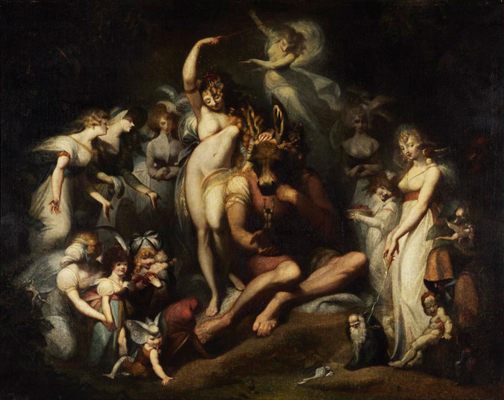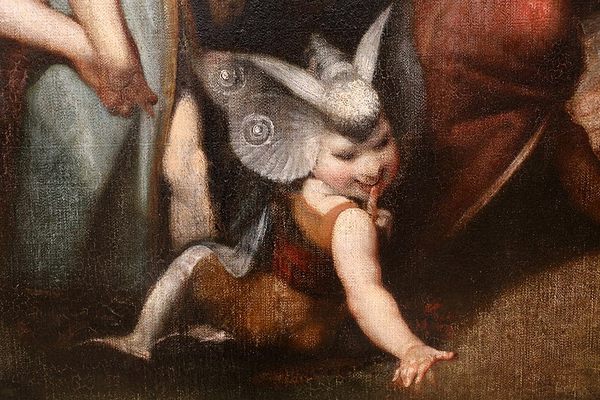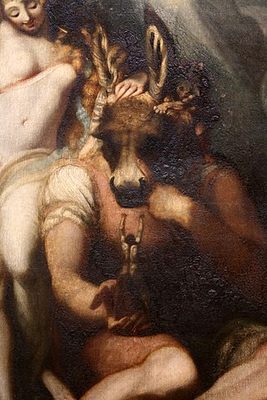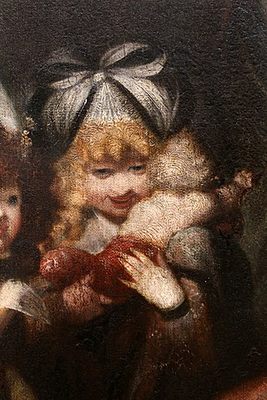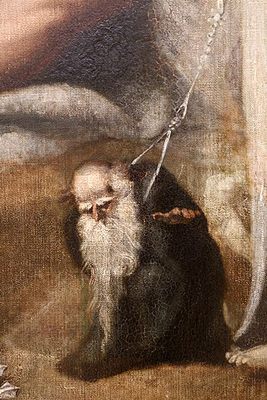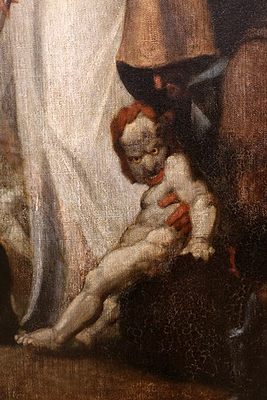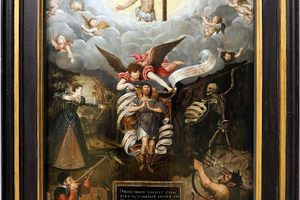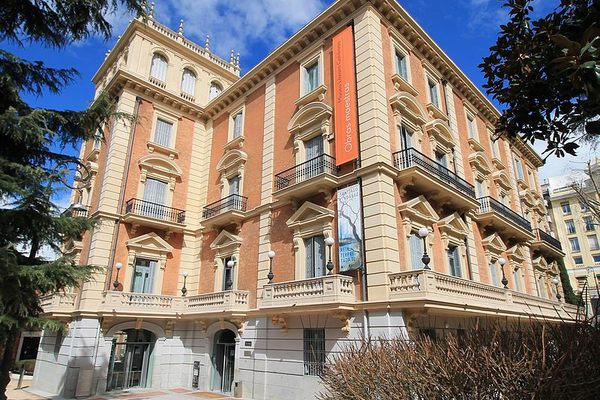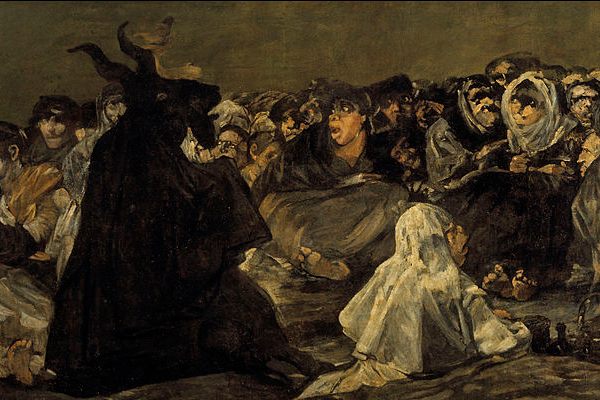About
While walking through the galleries of Tate Britain, your eyes may be drawn to this painting, which at first glance may appear as yet another florid 18th-century ode to Shakespeare. But take a closer look, and you will find that the devil is in the details—quite literally.
This sinister, gothic masterpiece by the Swiss-born artist Henry Fuseli is a unique portrayal of a Shakespearean scene (A Midsummer Night’s Dream Act IV Scene 1) haunted by terrifying demonic entities. The character of Nick Bottom, a peasant, has had his head transformed into that of a donkey by a mischievous woodland sprite, Puck, a servant of the faerie king Oberon. Oberon’s wife, Titania, Queen of the Faeries, has also been tricked by a love potion which makes her fall madly in love with the first thing she sees, which is the donkey-headed Bottom.
The painting portrays Bottom being lovingly caressed by the voluptuous faerie queen, who is surrounded by her beautiful nymph attendants and more sinister creatures. A demonic child-like figure cradles a dead and bloody infant child in her arms while staring at the viewer. Standing next to her is another figure with black pits where her eyes should be. At their feet crawls a demon wearing a giant butterfly on her head and placing a finger over her lips as if threatening the viewer to be silent. On the opposite side of the painting are even stranger characters, such as a hooded druid-like figure carrying a grotesque goblin and a nymph holding a leash attached to a wizened dwarf.
Needless to say, when this painting was first unveiled to the public, it caused quite a sensation and added further fire to the dark rumors surrounding Fuseli’s personal well-being. His private life was the subject of much gossip in the high society of Georgian era-London. The most pernicious and dogged rumor regarding Fuseli was that he was a secret opium and laudanum addict who consumed the drugs in high quantities as stimulants to fuel his artistic creativity.
Related Tags
Know Before You Go
Tate Britain is open daily from 10 a.m. to 6 p.m. According to the museum's website, this painting is displayed as part of the Walk Through British Art exhibit. Admission is free.
Community Contributors
Added By
Published
November 28, 2018
